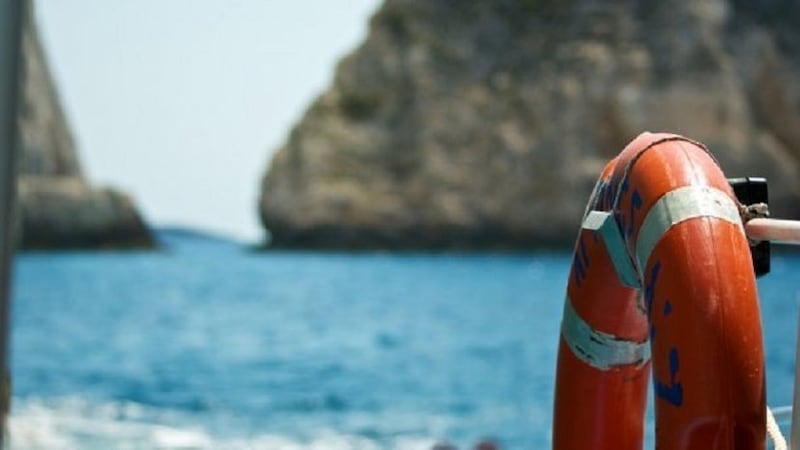Current statistics from Water Safety New Zealand (WSNZ) for 2017 show a 13% increase in preventable drownings compared to the year prior. In 2017, there were 88 preventable drownings, 10 more than 2016.
WSNZ CEO Jonty Mills says he can’t “sugar coat” the situation.
“The water is our playground but it’s incredibly unforgiving.”
WSNZ says the early onset of summer in 2017 contributed to the spike in numbers, but Mills believes the problem is deeper than that.
“Most of the time, it comes down to poor decision making in the general sense. That’s why most drowning deaths are considered preventable.”
Spikes in under-fives and over 65 age groups are particularly highlighted in the 2017 figures.
“For under-fives, the only fool-proof solution is constant active adult supervision. Also, we are living longer healthier lives and retirees are more active which adds additional risk” says Mills.
Figures show female fatalities have almost doubled, reflecting higher participation rates across a wide range of activities. There were also twice as many accidental immersions in 2017, Mills says.
“Accidental immersions are people who ended up in the water when they had no intention to. This reinforces how important it is to think about water safety around any aquatic environment.”
Preventable fatalities in Auckland have also doubled, while the West Coast has the highest drowning rate per capita.
“New Zealand’s drowning problem is a complex one. We have a very diverse and growing population with very high participation rates across a wide range of different activities and aquatic environments” says Jonty Mills.
Drowning remains the number one cause of recreational death and number three cause of accidental death in New Zealand, with a social cost of over $400m per annum to the country.
Mills says we need education is the key to prevention.
“We need to educate more to ensure our kids are coming out of the system with the skills, competencies and risk awareness to enjoy the water safely, as well as run ongoing campaigns to create a long-term attitude and behaviour change around water. We also need to secure the future of front-line water safety and rescue resources,” he concludes.

